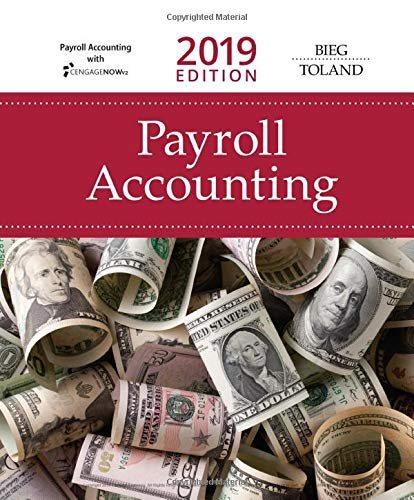

Comparing Income Statements and Balance Sheets of Competitors Following are selected income statement and balance sheet data from two retailers: Abercrombie & Fitch (clothing retailer in the high-end market) and TJX Companies (clothing retailer in the value- priced market). (a) Express each income statement amount as a percentage of sales. Round your answers to one decimal place (ex: 0.2345 = 23.5%). Income Statement ($ millions) ANF TJX Sales $5,360 $22,106 Cost of goods sold 1,808 0 % 17,713 Gross profit 3,552 0 % 4,393 Total expenses 2,635 0 % 3,495 Net income $ 917 0 % $ 898 0 % 0 % 0 % 0 % (b) Express each balance sheet amount as a percentage of total assets. Round your answers to one decimal place (ex: 0.2345 = 23.5%). Balance Sheet ($ millions) ANF TJX Current assets $1,000 0% $3,929 0 % Long-term assets 1,637 0 % 2,608 0 % Total assets $2,637 $6,537 Current liabilities $513 0% $2,698 0 % Long-term liabilities 406 0 % 1,708 0 % Total liabilities 919 0 % 4,406 0 % Stockholders' equity 1,718 0 % 2,131 0 % Total liabilities and equity $2,637 $6,537 Which of the following statements about business models is most consistent with the computations for part (a)? OANF's expenses as a percentage of sales are higher because it spends more on advertising than does TJX. OANF is a high-end retailer that is able to charge high prices for its products, but bears substantial operating costs to support its "shopping experience." OANF's profit is higher than TJX's as a percentage of sales because its sales are higher than TJX's. OANF's gross profit is higher than TJX's because its sales volume allows it to manufacture clothes at a lower per unit cost than can TJX. Which of the following statements about business models is most consistent with the computations for part (b)? OANF reports lower current assets as a percentage of total assets because it pays its vendors on a more timely basis than does TJX. OANF reports higher long-term assets as a percentage of total assets because it depreciates its long-term assets more slowly than does TJX. OANF reports lower current assets and higher long-term assets as a percentage of total assets because it carries less inventory and has a greater capital investment in its stores than does TJX. OANF reports lower current assets as a percentage of total assets because it is a smaller company and cannot afford the investment in inventory. (c) Which company has a lower proportion of debt? What do the ratios tell us about relative riskiness of the two companies? OANF has a lower proportion of debt than does TJX, which implies that ANF is less risky than TJX. OTJX has a lower proportion of debt than does ANF, which implies that TJX is less risky than ANF. ANF has a higher proportion of debt than does TJX, which implies that ANF is less risky than TJX. OTJX has a higher proportion of debt than does ANF, which implies that TJX is less risky than ANF. Please answer all parts of the








